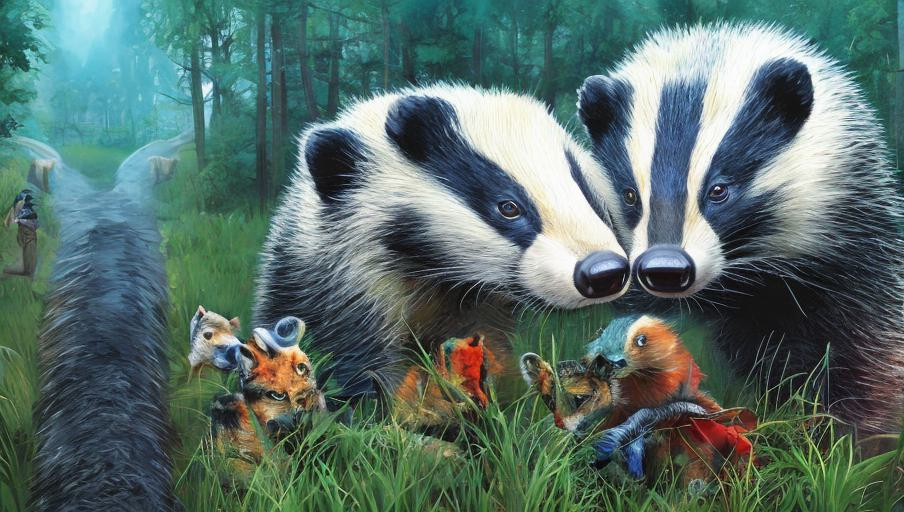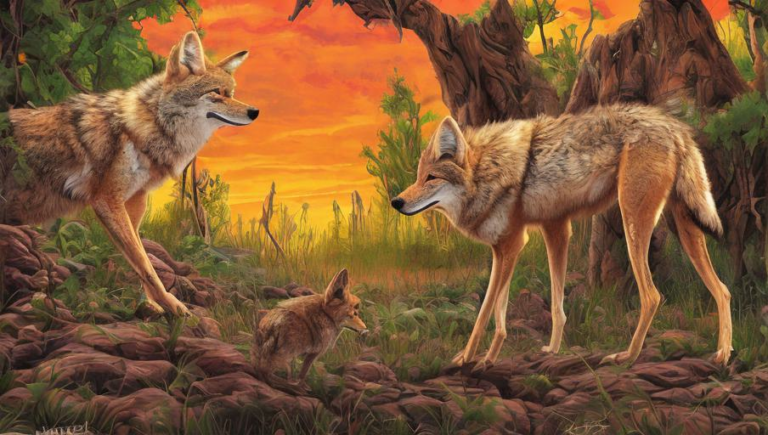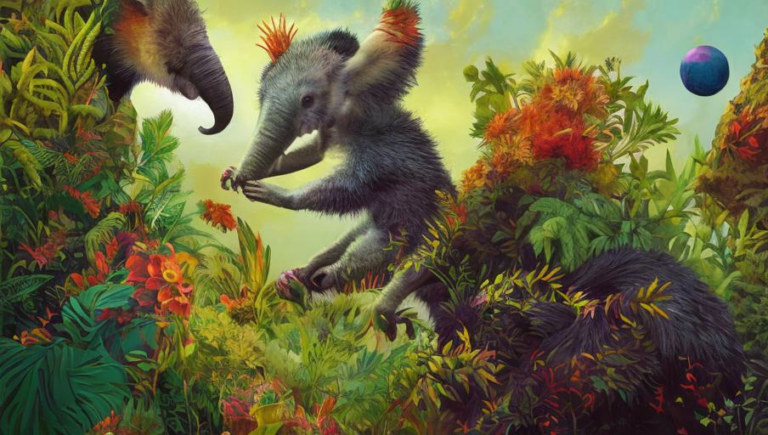Badgers: Exploring their Habitats

Introduction
Badgers are small mustelids, related to weasels, otters, and ferrets. They have short, stocky bodies, short legs, and long claws. These interesting animals are found in many different habitats around the world, including grasslands, forests, and deserts. Badgers are both nocturnal and diurnal, depending on the season, and use their strong claws to dig burrows and forage for food.
Habitats
Badgers can be found in a variety of habitats, ranging from grasslands to deserts. They inhabit many areas in Europe, Asia, and North America. In Europe, badgers are most commonly found in woodlands and grasslands, but can also be found in some mountainous regions. In Asia, badgers live in grasslands, forests, and deserts. In North America, badgers can be found in prairies, grasslands, and deserts.
Behavior
Badgers are solitary creatures and usually live in small family groups. They are mostly nocturnal, but can become diurnal during certain times of the year. During the day, they usually stay in their burrows and come out at night to forage for food. Badgers have strong claws, which they use to dig burrows and search for food. They also use their powerful legs to kick away dirt and rocks during the excavation of their burrows.
Diet
Badgers are omnivores and their diet consists of insects, worms, small mammals, as well as fruits, nuts, and roots. In addition to foraging for food, badgers also scavenge for carrion when it is available. They are also known to eat birds’ eggs and nestling birds.
Adaptations
Badgers have several adaptations that help them survive in their habitats. They have strong claws that help them dig burrows and forage for food. They also have thick fur that helps keep them warm in cold climates. Badgers also have a strong sense of smell and good hearing, which helps them locate food and potential predators.
Threats
Badgers are threatened by habitat destruction, hunting, and disease. Their fur has been used for clothing and their meat is a popular delicacy in some parts of the world. In addition, badgers are also threatened by the illegal trade in their body parts and the use of pesticides in their habitats. Conservation efforts are underway in many areas to protect badgers and their habitats.
Conclusion
Badgers are fascinating creatures that inhabit a variety of habitats around the world. They are solitary animals and use their strong claws to dig burrows and forage for food. They are also threatened by habitat destruction, hunting, and disease. Conservation efforts are being made to protect badgers and their habitats. By learning more about these fascinating creatures, we can better appreciate and protect them.





